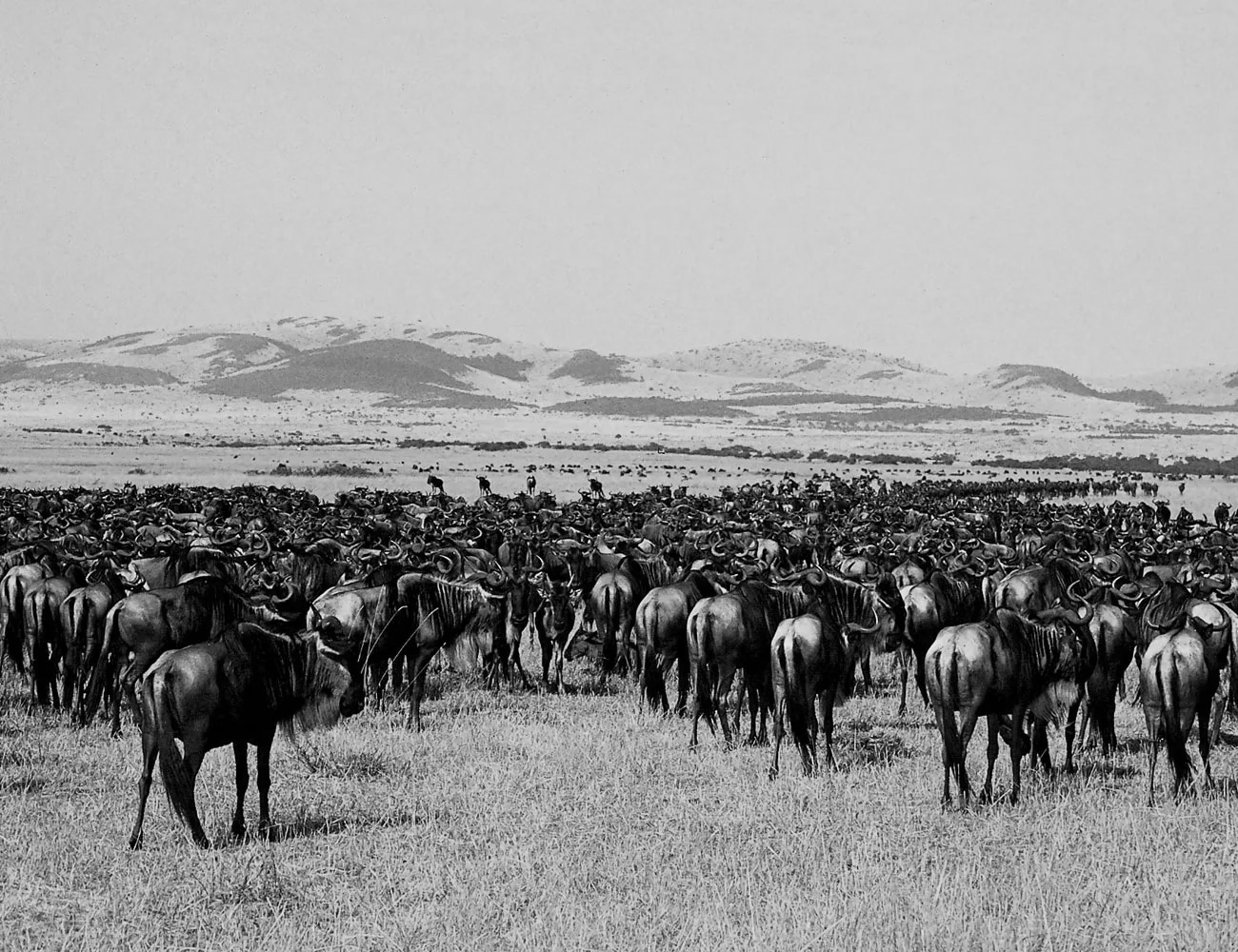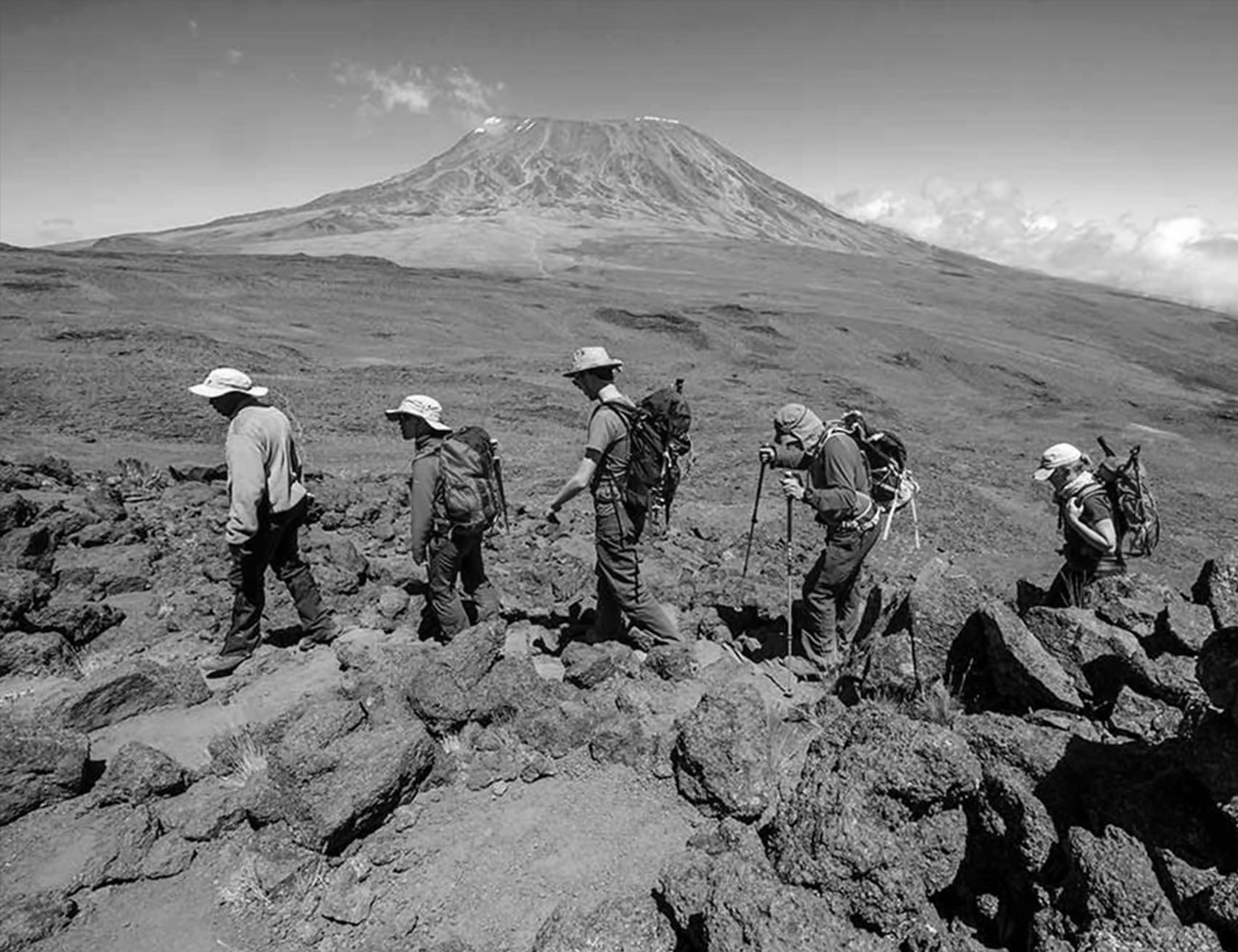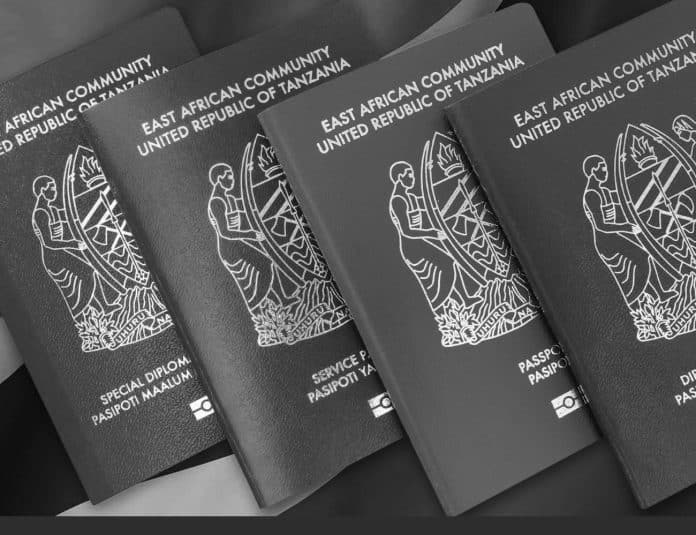East African Passport: Your Key to Experiencing Tanzania’s Rich Culture and Nature
Explore the vibrant culture and breathtaking nature of a breathtaking country filled with lots of activities with the East African Passport Tanzania. This travel document is your key to unlocking a world filled with unique experiences and unforgettable memories.
Benefits of having an East African passport
The East African Passport is a regional travel document that is issued to citizens of the East African Community (EAC) member states. The EAC is comprised of six countries, including Tanzania, Kenya, Uganda, Rwanda, Burundi, and South Sudan. The passport allows for visa-free travel between these countries, making it easier and more convenient for travelers to explore the region.
One of the biggest advantages of having an East African Passport is the ability to freely travel within the EAC member states without the need for a visa. This means that travelers can easily cross borders and explore neighboring countries, including Tanzania, Kenya, and Uganda. It also means that travelers can save time and money by avoiding the lengthy visa application process.
Another benefit of the East African Passport is that it promotes regional integration and cooperation. By eliminating barriers to travel and trade, the passport helps to strengthen ties between the member states and promote economic growth and development.
Overview of Tanzania’s rich culture and nature

Tanzania is a country that is rich in culture and natural beauty. From the sprawling Serengeti plains to the vibrant markets of Zanzibar, there are endless opportunities for travelers to immerse themselves in the local culture and experience the stunning natural landscapes.
Tanzania is home to over 120 different ethnic groups, each with their own unique customs, traditions, and languages. Some of the most well-known groups include the Maasai, the Chaga, and the Sukuma. Visitors to Tanzania can witness traditional dances, taste the mouthwatering local cuisine, and engage with welcoming locals.
In addition to its rich cultural heritage, Tanzania is also home to some of the most iconic natural wonders in the world. The country is home to several national parks and wildlife reserves, including the Serengeti National Park, the Ngorongoro Conservation Area, and the Selous Game Reserve. These parks offer visitors the chance to see some of Africa’s most iconic wildlife, including lions, elephants, giraffes, and zebras.
Top cultural experiences in Tanzania

One of the best ways to experience Tanzania’s rich culture is by visiting some of the country’s traditional villages. These villages offer visitors the chance to witness traditional dances, learn about local customs and traditions, and interact with friendly locals. Some of the most well-known villages include the Maasai village of Ololosokwan, the Chaga village of Marangu, and the Sukuma village of Nyamagana.
Another must-see cultural experience in Tanzania is the vibrant markets of Zanzibar. These markets are filled with colorful spices, fresh seafood, and unique handicrafts. Visitors can wander through the narrow alleyways and haggle with local vendors for the best deals.
For those interested in history and archaeology, a visit to the Olduvai Gorge is a must. This site is one of the most important archaeological sites in the world and is home to some of the oldest human remains ever discovered. The only way to experience these is by getting the East African Passport Tanzania.
Exploring Tanzania’s national parks and wildlife reserves
Tanzania is home to several national parks and wildlife reserves, each with its own unique ecosystem and wildlife. The most well-known park is the Serengeti National Park, which is home to the famous wildebeest migration. Visitors can witness thousands of wildebeest and zebras as they cross the plains in search of fresh grass and water.
Another popular park is the Ngorongoro Conservation Area, which is home to the Ngorongoro Crater. This crater is the largest intact volcanic caldera in the world and is home to over 25,000 animals, including lions, elephants, and rhinos.
For those interested in trekking, a visit to Mount Kilimanjaro is a must. This iconic mountain is the highest peak in Africa and offers breathtaking views from its summit.

How the East African passport facilitates travel within Tanzania
The East African Passport Tanzania makes it easy and convenient for travelers to explore Tanzania and its neighboring countries. With the passport, travelers can enter Tanzania without the need for a visa and can freely travel within the country.
One of the most popular ways to travel within Tanzania is by using public transportation. The country has a well-developed network of buses and minibusses that connect major cities and towns. For those looking for a more comfortable option, there are also private taxis and car rental services available.
Another popular way to explore Tanzania is by taking a safari. There are several tour operators that offer safari packages that include transportation, accommodation, and guided tours of the national parks and wildlife reserves.
Essential travel tips for using your East African passport in Tanzania
When traveling with the East African Passport Tanzania, it is important to keep the following tips in mind:
- Make sure to carry your passport with you at all times, as it may be required for identification purposes.
- Be aware of the local customs and traditions, and be respectful when interacting with locals.
- Take precautions to avoid malaria and other diseases, such as using insect repellent and taking anti-malaria medication.
- When using public transportation, be aware of pickpockets and keep your valuables secure.
- When visiting national parks and wildlife reserves, always follow the rules and regulations to ensure the safety of both yourself and the wildlife.
Recommended itineraries for exploring Tanzania with an East African passport
For those looking to explore Tanzania with an East African Passport, there are several recommended itineraries to consider:
- A safari adventure that includes visits to the Serengeti National Park, the Ngorongoro Conservation Area, and the Selous Game Reserve.
- A cultural tour that includes visits to traditional villages, local markets, and historical sites such as the Olduvai Gorge.
- A beach vacation in Zanzibar, complete with visits to the historic Stone Town, snorkeling in the coral reefs, and relaxing on the white sand beaches.
Visa requirements for tourists with an East African passport
Tourists with an East African Passport can enter Tanzania without the need for a visa. However, if traveling to other countries in the region, it is important to check the visa requirements for each individual country.
Embrace the beauty of Tanzania with your East African passport
Tanzania is a country that is rich in culture and natural beauty, and the East African Passport Tanzania makes it easy and convenient for travelers to explore the region. Whether you are interested in trekking to the summit of Mount Kilimanjaro, witnessing the wildebeest migration in the Serengeti, or immersing yourself in the local culture, Tanzania has something for everyone. So grab your East African Passport and embark on a journey that will leave you with lasting memories and a deep appreciation for the beauty of Tanzania.
For more articles related to Tanzania Immigration, click here!


































